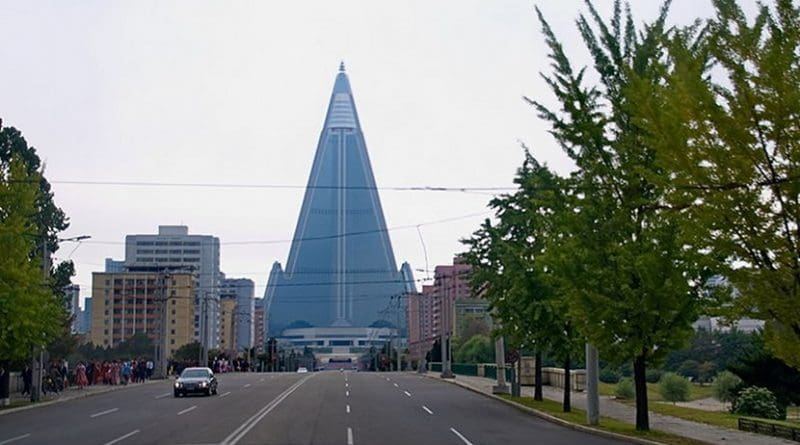Myanmar-N Korea Proliferation Link?
By Frank O’Donnell
Evidence continues to surface suggesting Myanmar’s possible interest in launching a covert nuclear power program with potential North Korean assistance.
Analysis
As part of the continuing saga of North Korea’s deviant machinations, new information has surfaced on Pyongyang’s suspected assistance to Myanmar (Burma) to develop what may be a nuclear weapons program.
To be sure, Pyongyang’s suspected complicity with Burma’s possible nuclear ambitions is not entirely new. A strategic dossier published by a high-profile think tank in late 2009 sought to determine if the country’s aspirations of having a civilian nuclear reactor had any military applications.
The dossier’s main finding was that the 10MWt light-water reactor Myanmar has been seeking to build with Russian assistance since 2002 would not produce enough weapons-usable plutonium to build a basic nuclear weapon. However, it could not rule out the reasons as to why Myanmar’s insecure military junta would want to become a nuclear-armed state.
Although it did not receive international approval, Russia’s offer of assistance to Myanmar, which was driven solely by commercial interests, seems relatively benign. Moreover, a deal with the Russians may not likely close: Myanmar has trouble paying Moscow in hard currency and the Russians refuse the junta’s bartering currency of teak, rice and rubber.
This is perhaps where the North Koreans come in. There are three reasons why Pyongyang would want to help Myanmar. Firstly, North Korea has developed its nuclear arsenal and ballistic missile capabilities into a revenue source for the regime. Secondly, starved of basic resources, it is open to bartering. Thirdly, Pyongyang could do with an additional strategic ally.
Pyongyang’s participation in the AQ Khan proliferation network allowed it to quietly transmit nuclear and missile knowledge to international contacts in return for profit. An example is the Pakistani 1,500km-range Ghauri missile, developed in coordination with North Korea, and which bears significant design resemblance to the North Korean Nodong model.
The AQ Khan network was exposed in 2003, and several states discontinued their participation in its activities. It is unclear whether the remnants of the AQ Khan network presently operate as independent cells, or with an overall manager.
What is clear, however, is that Pyongyang has notably been active in attempting to salvage those elements of the proliferation ring most valuable to it. It has set up a coordinating agency,’Office 99′, to manage its missile technology commerce with Iran. North Korea closely assisted Syria in building the al-Kibar covert nuclear reactor destroyed by Israel in 2007. These developments may point to Pyongyang as becoming an organizing hub of a reconstituted AQ Khan proliferation ring.
The key danger is that North Korea may be willing to provide Myanmar what the Russians would not: The technology, resources and expertise that will allow the junta to build a larger reactor similar to the one at Yongbyon, which had a 25MWt output. That reactor is the mainstay of North Korea’s nuclear weapon’s program.
The assumed link between North Korea and Myanmar should be taken seriously, and vigilance is needed by intelligence agencies and interdiction instruments to close any illicit proliferation links.

